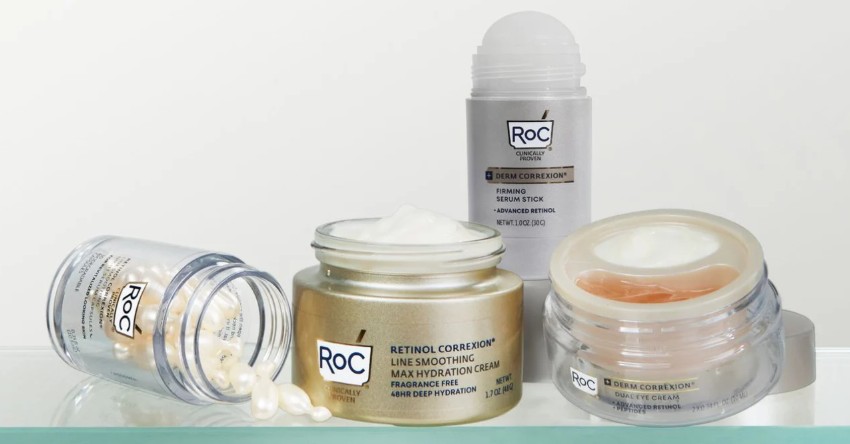So you have a great idea for a promotion, but you’re strapped for cash. The easy answer is a joint promotion. But first, think about what you really want. Under-funded marketers often move too quickly to look for partners they can leverage – or strong-arm. A business alliance should offer something more, such as new channels of distribution or a new audience.
Think you know what you want? Then begin.
ASK WHY
Set clear objectives. Promotion deals aren’t as simple as buying media, where data can quantify your strategy. Two brands may be better than one, but that doesn’t mean it’s easier. Partners want something in return, so know what you want before you go shopping.
DEFINE YOUR TARGET AUDIENCE
Knowing who you want to reach will help determine what partners to approach.
SET YOUR TIMING
When will the promotion run – spring, fall, three days in February? How much time do you have to find a partner, negotiate the agreement, create the program, and execute? Add some extra time if you can.
Last year, we [agency E. James White & Co.] approached Fuji Photo Film on behalf of Amtrak because Fuji has broad appeal, fits with travel, and could get Amtrak retail exposure for its spring promotion. But Fuji’s big promo push is in summer, and it wanted a “kids ride free” deal. Summer is Amtrak’s peak, so it limits discounts then. Turns out Fuji wasn’t a great partner for Amtrak, even if they could get it into 35,000 retailers.
INVENTORY YOUR BENEFITS
Time for a heart-to-heart. What do you have to offer? This is the biggest challenge. What’s valuable to you may not be valuable to a partner. Most marketers over-value what they can bring to a partnership.
Amtrak was doing a deal with Visa, and offered exposure on collateral and access to train riders. Visa doesn’t need exposure; it’s already everywhere it wants to be through sponsorship of top-notch events like the Olympics, the NFL, and horse racing’s Triple Crown. What Visa needs is transactions. It wants to reach consumers at the point-of-purchase. What Amtrak could offer was counter cards and reservation reps asking, “Would you like to put this on your Visa?” We restructured the deal to give Visa’s team something it valued, not the exposure that made Amtrak so proud.
MAKE YOUR SHOPPING LIST
Here’s the fun part. What do you want from partners? OPM? (That’s negotiator shorthand for “other people’s money.”) Fun characters? A spot in the supermarket? Look at what potential partners have done and capitalize on their past success. Be honest about what it’ll take to make the promo work for you.
MAKE YOUR HIT LIST
Get out all your resources and find all the brands that match your demographics, image, and timing. I like to hit all the brands in a category at the same time to immerse myself in an industry.
WRITE A PROPOSAL
Have a draft ready before hitting the phones. Be definitive and brief. Give a consumer profile, a list of past promotions, and an overview of your pitch.
GET ON THE PHONE, STAY ON THE PHONE
You have to be tenacious to find the right contact person. I’m a big fan of the ACT! Database, a contact manager software program. Still, call the brand manager, promotions department, ad department, and agency. Each company’s chain of command is different. Some have a partnership department, but those are few and far between. Keep great notes for the next time you call the company. Be friendly, never expect people to call you back, but give them the option. Most importantly, discuss your concept openly. There’s no reason to be secretive.
NEGOTIATE
Details, details, details. Your contract should clearly outline what each partner will do. Each marketer feels like he’s the client and that he’s giving more than his partners. Spell it all out, including the approval process and turn-around times.
ASSIGN JOBS, THEN EXECUTE
A new relationship means synchronizing layers of departments including legal, brand, marketing, and public relations. There’s never enough time to execute, so be careful of creating a pressure-cooker effect. Set timelines and communication channels, then meet as frequently as possible. Have one person at each company in all the meetings – that person steers you away from miscommunication black holes, which becomes especiallyvital on tight deadlines.
When you’re done, take a deep breath, see what worked, and repeat.
 Network
Network

